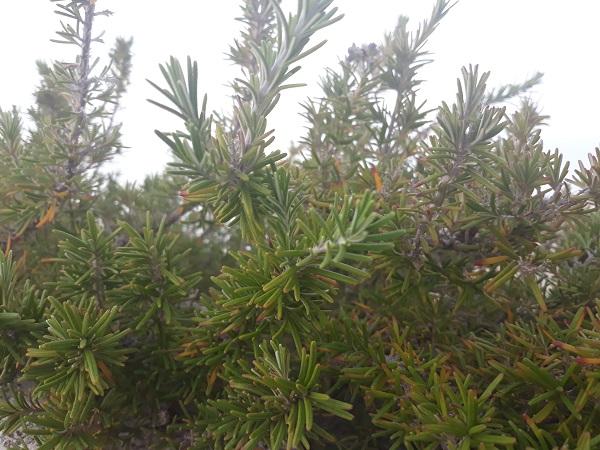Vitamin E is a potential antioxidant that could act as a sentinel in plants, sending molecular signs from chloroplast –a cell organelle- to the nucleus. This is stated in an article published in the journal Trends in Plant Science by the experts Sergi Munné-Bosch and Paula Muñoz, from the Faculty of Biology and the Biodiversity Research Institute of the UB (IRBio). This flow of information reaching the cell nucleus –retrograde signalling- is a molecular mechanism that would ease the adaptive response of plants in physiological stress situation (salinity, lack of nutrients, drought, senescence, etc.).
A communication pathway from chloroplast to cellular nucleus
Vitamin E gathers a group of molecules with natural origins –tocopherols and tocotrienols- synthetized by photosynthetic organisms and a fundamental role in the plant and animal metabolism. These molecules, with a similar function and chemical structures, differ from each other in their distribution and location: while tocopherols are distributed globally in the plant kingdom, tocotrienols are only seen in some species and organs, and are regarded as secondary metabolites.
The new study highlights the biological role of vitamin E in the process of cell communication that goes from chloroplast to the cell nucleus. “The role of vitamin E would be to send signals from the chloroplast to the nucleus to make a cell reprogramming at a molecular scale and unchain proper responses to several stress situations. This flow of information going to the cell nucleus would be determining to regulate key aspects of the development in plants, such as senescence of organs (leaves, flowers), or ripening of fruits”, notes Sergi Munné-Bosch, lecturer at the Department of Evolutionary Biology, Ecology and Environmental Sciences, and ICREA Academia.
Chlorophyll degradation route
The best characterized vitamin E synthesis so far combine two routes: the one in non-mevalonate pathway, which generates the phytyl or geranylgeranyl in the chemical structure of tocopherols and tocotrienols, respectively, and the one in shikimic acid, which produces homogenistic acid –and then the chromanol ring- in both antioxidants.
As stated in the article, there is another synthetic pathway for vitamin E with the chlorophyll degradation. “This is a biologically important route in the plant field, and as a result, a chemical compound is created: phytol. It would finally enable obtaining the phytyl without participation of methylerythritol phosphate”, note the authors of the study.
The new pathway is possible when two enzymes with kinase activity –VTE5 and VTW6- are activated, so they ease the conversion from phytol to phytyl diphosphate, and thus, the entry of this molecule into the biosynthesis of tocopherols. “We know little about how this alternative biosynthetic route is regulated, but we know it acts in stress situations and senescence related to an active degradation of chlorophyll”, notes Sergi Munné-Bosch, head of the Research Group ANTIOX of the UB.
Vitamin E: from basic research to the improvement of agricultural production
Vitamin E takes part in physiological processes related to the growth, photoprotection, blooming, longevity and senescence of plants. “It is an essential factor in the protection of photosynthetic and non-photosynthetic tissues. If there is a lack of vitamin E, the effects on plants can be higher or lower depending on the species, the studied organ, and mostly, the conditions under which the experiment is undertaken if talking about a research study. In general, the higher the stress the plant is under, the bigger effect we will see”.
A better understanding of the role of vitamin E in non-photosynthetic tissues of plants –roots, nodules, reserve tissues, some flowers and some kinds of fruits- is one of the future work lines for the Research Group ANTIOX of the UB, which will work on new research studies in the field of biotechnology, food and eco-physiology.
“All these findings are relevant for fundamental biology and for biotechnology since they will enable a modification of aspects such as ripening of fruits and longevity of flowers, before and after the harvest”, conclude the authors.
Read the paper: Trends in Plant Science
Article source: University of Barcelona
Image credit: Sergi Munné-Bosch (Research Group ANTIOX of the University of Barcelona)








